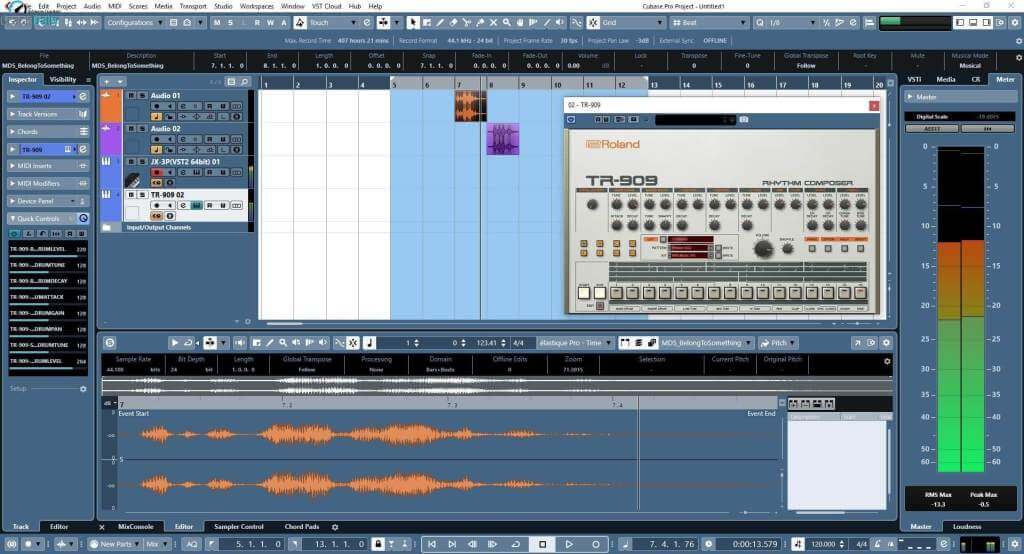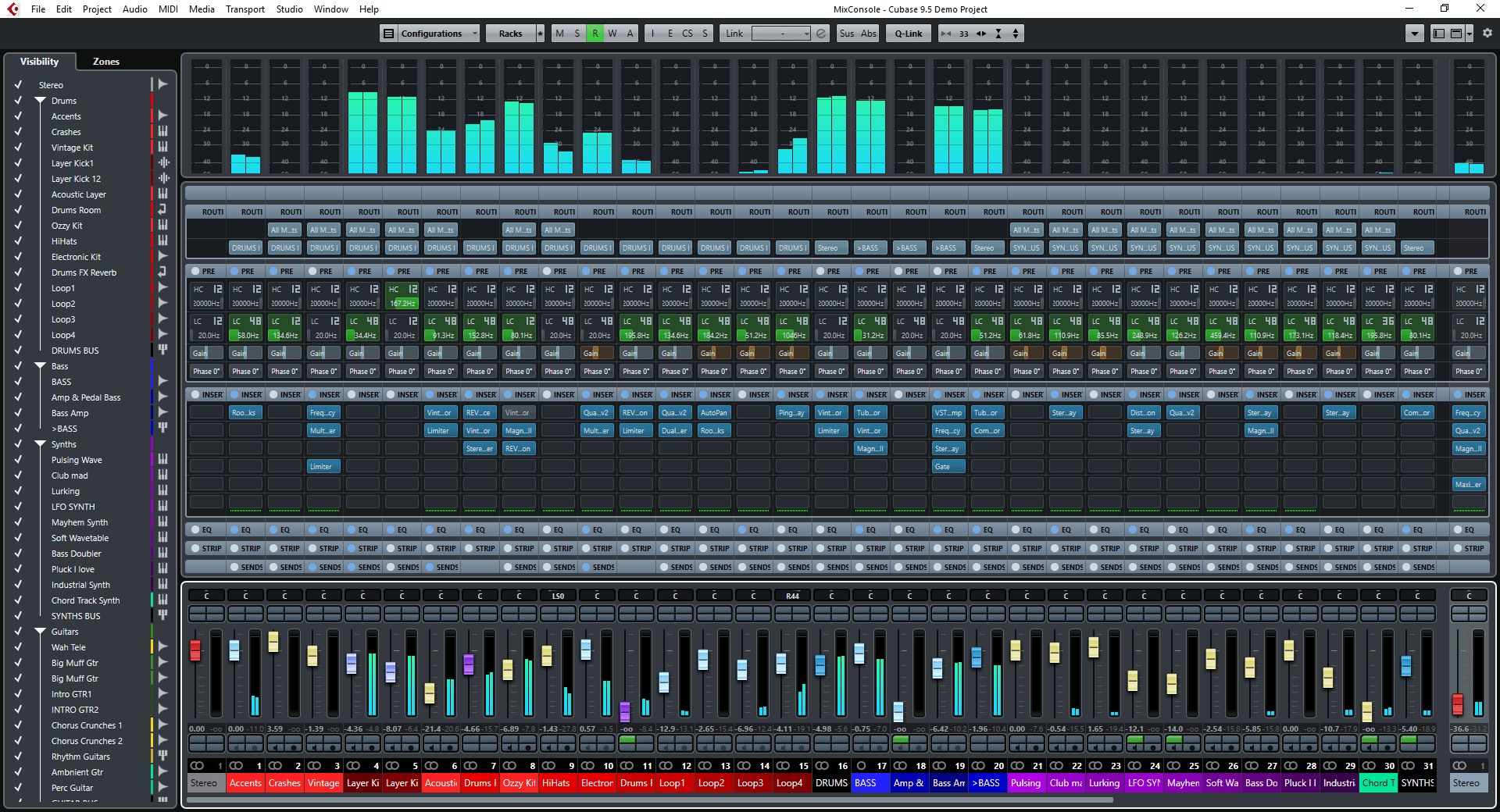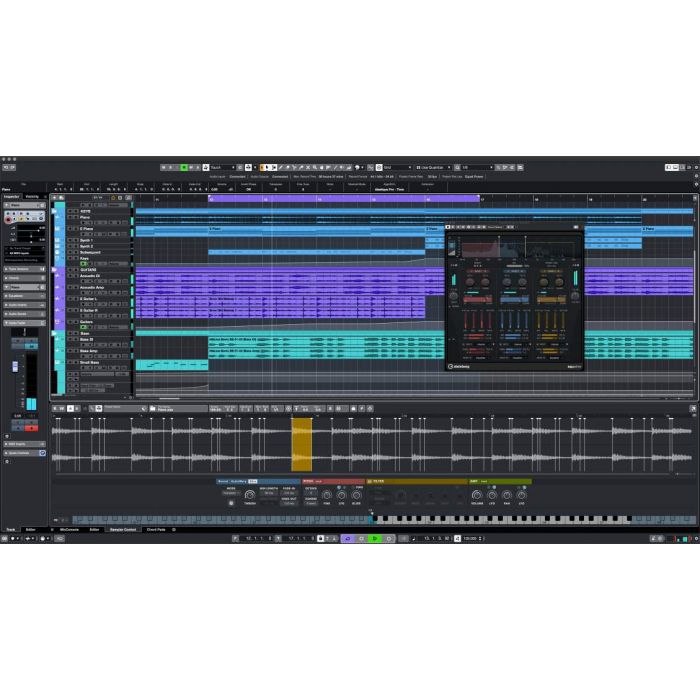


If you have bends that end a little out of tune, this feature can help you easily fix them. For editing Pitch Bend data, Steinberg added a semitone grid. When editing CC data, you now can create ramps and curves just like with automation. You can now copy and paste it between tracks. If you work a lot with MIDI, particularly to picture, Key Editor Global Tracks should simplify your workflow.Ĭubase 11 handles CC data even better than before. In past versions, you had to switch back to the Project window to see them. The result was a part that I could never have played correctly if I had to worry about the fingerings for each chord.Īnother big improvement to the Key Editor (Pro, Artist, Elements) is the ability to view Global Tracks (Tempo, Marker, Video, etc.). I was playing four-note chords with my right hand and a bass note with my left. I used it in Chord Track mode to record a comping electric piano part on a song with a lot of chord changes, and it worked perfectly. As I played, it constrained the notes to the chosen scale, freeing me up to be expressive. I set it to a scale and recorded a synth solo. As a guitar player who can only play simple chords on a keyboard, I was psyched to try it out. Turn that on, and you can play any notes or chords on the keyboard, and Cubase will conform them to match the Chord Track. The most dramatic feature in Scale Assistant is Snap Live Input mode. In that mode, you can tell it to make decisions based on chords, scales, or chords and scales.

If the song modulates or has chords that are out of the key, it’s best to set Scale Assistant to follow the Chord Track, where it will change scales as appropriate. You can also select a note or notes and use the Quantize Pitches button to constrain them to the nearest note of the chosen scale.Įach track can have only one scale. If you turn on the Snap Pitch Editing mode, any notes you move will be constrained to the scale. If you’re editing a MIDI part and turn on the Scale Assistant, it changes any notes that are not in the selected scale to red. You can choose from a huge list of scales and modes, from Western motifs to Arabian, Balinese, Chinese, Hungarian, Japanese or Persian. One of the most dramatic is the Scale Assistant (Pro, Artist, Elements), which lets you conform MIDI notes to a selected scale or the song’s Chord Track, whether you’re recording or editing MIDI. Those who work regularly with MIDI will appreciate the improvements in Cubase 11’s MIDI Key Editor. This review will focus on what’s new, with side references to the version(s) that include the new features.
#Cubase elements 11 update#
Each successive major update brings a host of new capabilities that quickly become integral to user workflows.Īlthough it doesn’t include any new instruments, Cubase 11 debuts some excellent plug-ins, useful updates of existing ones, powerful new audio export and MIDI-editing features, spectral editing and much more.Ĭubase comes in several tiered versions, the three main ones being Pro (reviewed here), Artist and Elements. Steinberg, to its credit, never rests on its laurels or lets Cubase become stale. Whether you’re producing music, scoring to picture or doing post-production, chances are it has the features you need. Without question, Cubase is one of the most comprehensive DAWs on the market. Cubase 11 adds powerful new features, including Slice mode in Sampler Track 2.


 0 kommentar(er)
0 kommentar(er)
